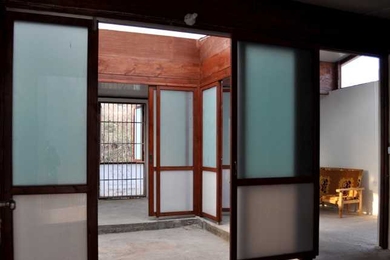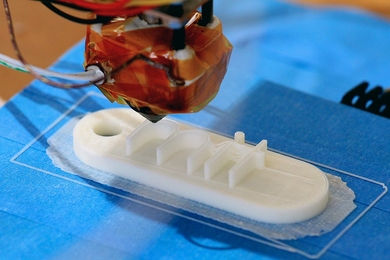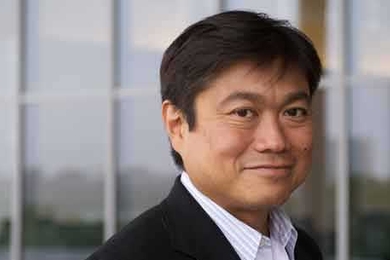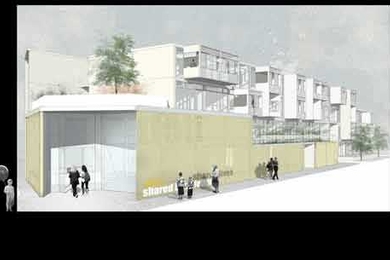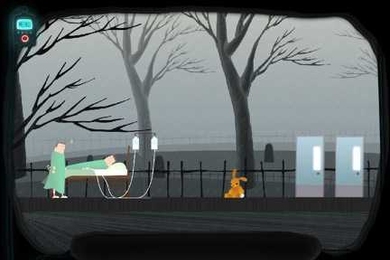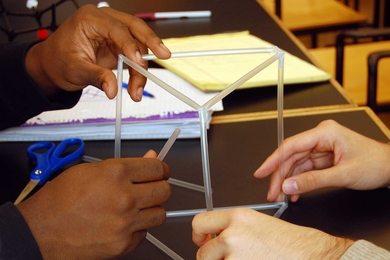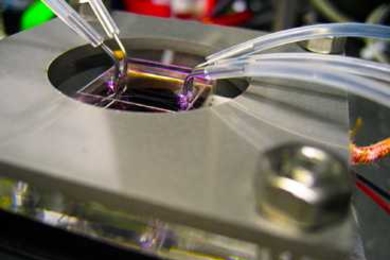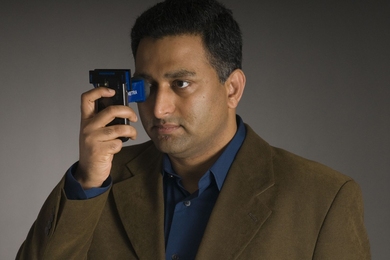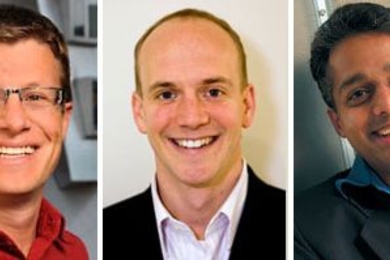Printing off the paper
MIT research continues to push the boundaries of the burgeoning technology of 3-D printing.
A conversation with Joichi Ito
New Media Lab director touches on his work, his hobbies, and what he's learned from swimming with sharks.
Improved buildings could make a big dent in climate change
New MIT report on concrete buildings shows many areas for major reductions in their lifetime carbon footprint.
New Artificial Intelligence Hall of Fame inducts four MIT professors
IEEE Computer Society magazine honors AI pioneers in inaugural Hall of Fame.
School of Architecture + Planning shares top honors in housing competition
Winning teams include students in planning, architecture and real estate
Award-winning game explores puzzling dreams
MIT game wins Kongregate award, to receive 1 million free ad impressions
The science of teacher education
Undergraduate program prepares primary and secondary classroom leaders capable of inspiring their students.
Living in the digital ecosystem
LinkedIn founder Reid Hoffman talks data mash-ups, entrepreneurship and how his site keeps people honest.
Daniel Schmidt, neurobiology postdoc, wins cancer fellowship
Brain-tumor researcher named among 18 fellows
How to grow wires and tiny plates
Liquid processing method developed at MIT can control the shapes of nanowires and produce complete electronic devices.
‘Radar for the human eye’
Inexpensive hand-held device developed at MIT could detect cataracts even at the earliest stages.
MIT faculty selected to attend NAE's Frontiers of Engineering
Two from CEE and one from EECS to participate in symposium for young engineering innovators.
